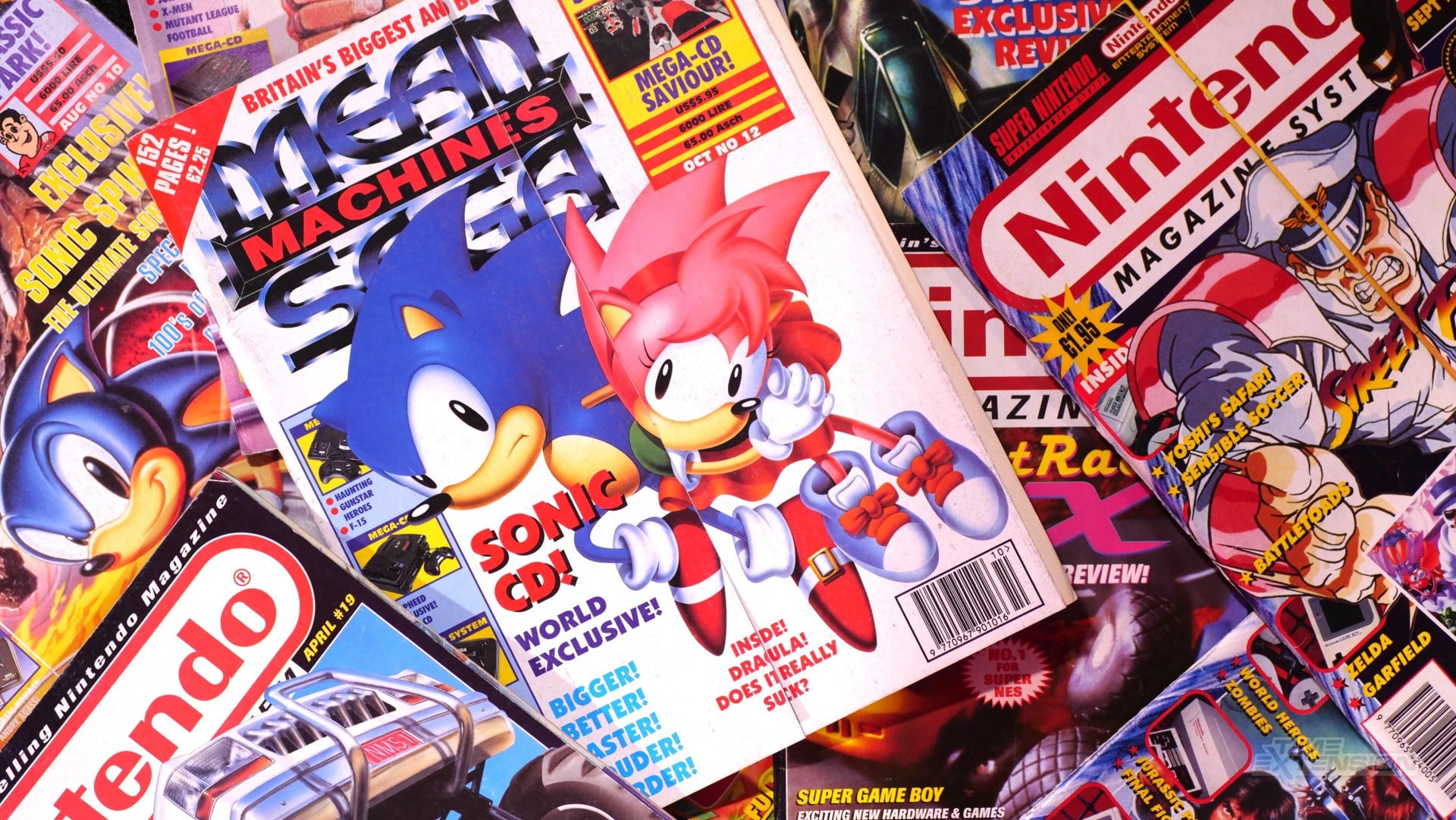The video game industry is replete with stories of hardware that failed to make a mark, but few are as significant as the Amstrad GX4000.
Released in 1990 during a resurgence in the home console marketplace, the GX4000 was Alan Sugar’s bold move to establish Amstrad as a major player in consumer gaming.
Rather than designing a groundbreaking platform from scratch, Amstrad repurposed much of the technology from its existing CPC Plus computer line, resulting in a cartridge-based console retailing at £99. Despite an impressive £20 million investment in promotion and marketing, the Amstrad GX4000 quickly struggled to gain a foothold with both consumers and publishers.
According to industry data, total sales amounted to just 15,000 units, a fraction of expectations for a major hardware debut.
Game titles for the system, priced at £25, competed with much less expensive cassette-based releases found on the Amstrad CPC platform—many available for under £5.
Ultimately, under 30 titles were ever officially made available for the GX4000, and just 13 of these took advantage of the console’s particular hardware features.
Initially, the GX4000 found some favor in the UK gaming press, notably appearing in the multi-format publication Mean Machines.
However, as the console’s sales failed to materialize, it was swiftly dropped from coverage.
Retailers, in an attempt to clear unsold stock, slashed prices to as low as £29.99.
Major publishers such as Ocean, Titus, and UbiSoft soon abandoned planned support, and most others ignored the hardware altogether. Today, the Amstrad GX4000 is considered a collector’s item among retro gaming enthusiasts.
Boxed units can sometimes be found for less than £100, thanks to its infamous reputation.
Despite its commercial shortcomings, the hardware has some redeeming qualities, including a built-in RGB SCART video output requiring no modification, and a distinctive case design.
However, the original bundled controllers have been widely criticized for their poor ergonomics. The GX4000’s legacy is now being re-examined by the passionate homebrew community surrounding Amstrad’s CPC computers.
With the help of modern flash cartridges, the console can play an extensive library of CPC titles, ensuring that the GX4000 remains more than just an industry footnote. Alan Sugar’s foray into the home console sector via Amstrad serves as a cautionary tale in gaming history.
The GX4000 stands as a testament to the challenges of converting existing computing technology into a successful console, and the importance of dedicated support from both publishers and the gaming community.
Released in 1990 during a resurgence in the home console marketplace, the GX4000 was Alan Sugar’s bold move to establish Amstrad as a major player in consumer gaming.
Rather than designing a groundbreaking platform from scratch, Amstrad repurposed much of the technology from its existing CPC Plus computer line, resulting in a cartridge-based console retailing at £99. Despite an impressive £20 million investment in promotion and marketing, the Amstrad GX4000 quickly struggled to gain a foothold with both consumers and publishers.
According to industry data, total sales amounted to just 15,000 units, a fraction of expectations for a major hardware debut.
Game titles for the system, priced at £25, competed with much less expensive cassette-based releases found on the Amstrad CPC platform—many available for under £5.
Ultimately, under 30 titles were ever officially made available for the GX4000, and just 13 of these took advantage of the console’s particular hardware features.
Initially, the GX4000 found some favor in the UK gaming press, notably appearing in the multi-format publication Mean Machines.
However, as the console’s sales failed to materialize, it was swiftly dropped from coverage.
Retailers, in an attempt to clear unsold stock, slashed prices to as low as £29.99.
Major publishers such as Ocean, Titus, and UbiSoft soon abandoned planned support, and most others ignored the hardware altogether. Today, the Amstrad GX4000 is considered a collector’s item among retro gaming enthusiasts.
Boxed units can sometimes be found for less than £100, thanks to its infamous reputation.
Despite its commercial shortcomings, the hardware has some redeeming qualities, including a built-in RGB SCART video output requiring no modification, and a distinctive case design.
However, the original bundled controllers have been widely criticized for their poor ergonomics. The GX4000’s legacy is now being re-examined by the passionate homebrew community surrounding Amstrad’s CPC computers.
With the help of modern flash cartridges, the console can play an extensive library of CPC titles, ensuring that the GX4000 remains more than just an industry footnote. Alan Sugar’s foray into the home console sector via Amstrad serves as a cautionary tale in gaming history.
The GX4000 stands as a testament to the challenges of converting existing computing technology into a successful console, and the importance of dedicated support from both publishers and the gaming community.






